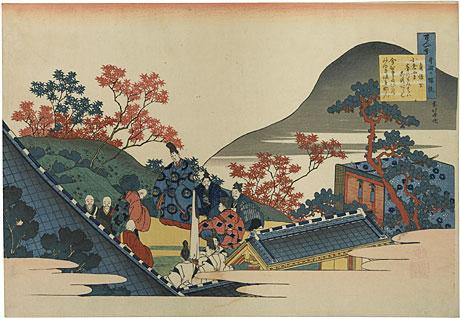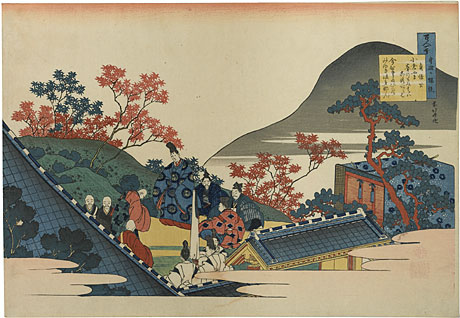Ogura yama
Mine no momiji-ba
Kokoro araba
abi no
Miyuki matanan
If the maple leaves
On the ridge of Ogura
Have the gift of mind,
They will longingly await
One more august pilgrimage
NEW YORK—A whirlwind tour through 12 Asia Week galleries on March 14; traversing Chelsea to the Upper East Side, roused ancient Japanese heartache, delved into Korean genealogy, and evoked the aura of Tibetan monasteries.
A group of a dozen or so reporters, bloggers, and designers got a sneak peak at the collections presented during Asia Week, which began on March 16 and will end on March 24. Each collector highlighted his or her prized pieces in about 15 minutes, before it was off to the next gallery.







